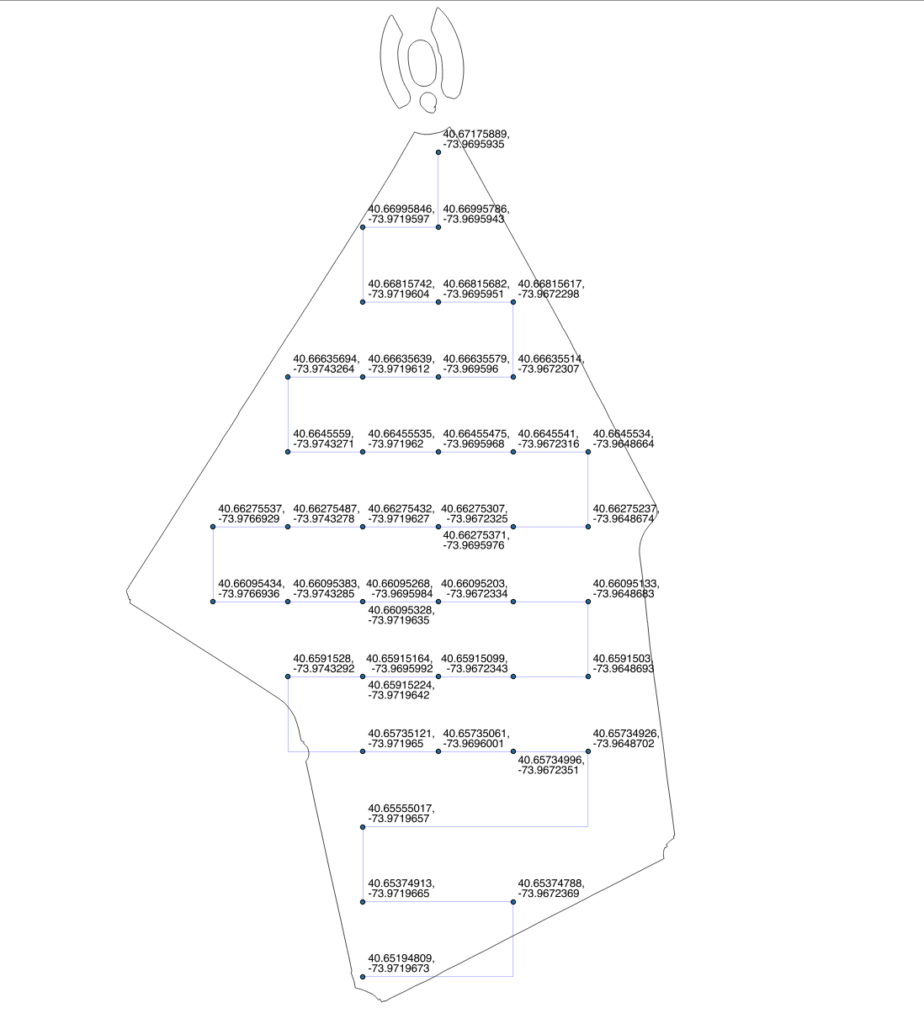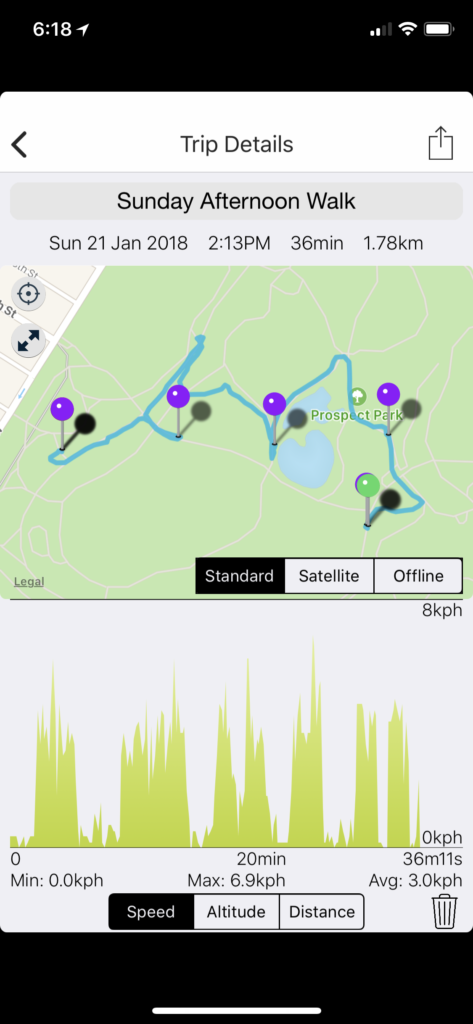Since writing the basic API for retrieving and posting sensor data, I configured an Arduino MK1000 as a client. It connects to the server and remotely posts environmental readings from my roof.
Connected Devices: 001
In preparation for one of my planned 100-day exercises, I set up a server to store and provide environmental data: light, sound and temperature recorded on my roof. All of the data is stored in a simple JSON object maintained on the server itself. I plan on moving the data storage to MongoDB so that the data is preserver in the event that my server goes down. The full code is available on Github, while snippets are provided below.
Server:
Get Requests:
- /latest returns the latest environmental reading.
- /all returns all the readings.
- /sensor/:sensor (light, sound, temperature) returns all the readings from a particular sensor.
Post Requests:
- /addReading creates a new timestamped reading with data point for each sensor.
- /resetReadings erases all existing readings.
Field Data Collection (001): Prospect Park Walk
We overlaid a 200 meter grid on Prospect Park, ignoring features and topographic variation. Each point was identified by its latitude and longitude and an idealized snaking path that connected them. Our intention was walk to each point, collect data along the way, and capture additional data at each point.

Prior to starting the walk, directions were generated using Google Maps between sets of 8 points to get a sense of time and distance. Google Maps was used as it has more specific path data than alternative platforms such as Apple Maps.

Once walking, these directions were abandoned in favor of entering each coordinate pair individually, point-by point. Occasionally, this method suffered from human error — entering the wrong point — evident by a deviation in the recorded path.

While walking, GPS position, accuracy, and altitude were captured using a Bad Elf GPS Logger. The track was automatically recorded at 12 second intervals, and when an intended grid point was reached, the position was marked as a point-of-interest. Additionally, three photos were taken of the GPS logger and two screenshots of its corresponding phone app to provide back up data. A photo of the sky, while facing north, was also taken at each point, to describe the conditions affecting the accuracy of the GPS positioning.
The impression was that data collection would be straightforward–we had coordinates on a grid and directions to each point. Using Apple and Google Maps, we assumed that if we entered exact coordinates, we would be routed to exact coordinates. As it turned out, mapping services are based on approximations. You don’t arrive at your destination so much as you arrive in its general proximity, with the presumption that you’ll be able to find your way from there. This illustrates the scale in which these services operate — three to five meters — and a remnant of human cognition left in the navigation process. These services foster an illusion of getting you where you need to go, but they only take you part of the way, and only on paths known to the services.

Weekend Summary: January 6-7
This weekend focused on diagramming and annotating each controller imagined for Pong thus far. In writing each one out on an index card, additional questions emerged to support the principle thesis question:
- What does it mean for the same controller to be used at a different scale of the body?
- What body does each controller expect? How is this apparent? How can the controller be used differently?
Drawing from Susan Leigh Star’s article, “Power, Technology and the Phenomenology of Conventions”, considering other controllers for the same game asks: How could it have been otherwise? Why are games played with the same controller? Can we play the same game with different controllers?
Using the same controller assumes a leveled playing field — but only for bodies matching the “standard body” for which the controller was designed. Even then, all bodies are different and the body imagined by a technology is always that, imagined. Furthermore, bodies change — throughout a day, over the course of a week, over years.
This led to thinking about technology in sport: clothing such as full body high-performance swim suits in swimming, equipment such as clap skates in speed skating, strategic analysis as demonstrated in “Moneyball”, and modifications to one’s body with performance enhancing drugs. These too are all extensions of the body, yet some are accepted — clap skates — while others are prohibited — the swim suit. While clap skates initially caused uproar, they have now become the dominate technology in the sport. On the other hand, is a full body swim suit all that different than shaving one’s body? Is the judgement of performance within the sport then an evaluation of one’s skin? (Note: leading up to the Athens Olympics in 2004, The Economist published an interesting article debating performance enhancing drugs and whether their prohibition should be reconsidered. Similarly, a new book Rayvon Fouché called “Game Changer” questions the distinction between technical innovation and cheating in sport.)
Next weekend will revive a unfinished historical study of sensors to explore their genesis and how these technologies have shaped bodies over time. How have these sensors and their relationship to our bodies changed? How have they come to shape social relations? Further work will develop relationships between the various imagined controllers through the following classification:
- Controllers using the same sensor, same action but produce a different outcome;
- Controllers using different sensors but the same action to produce the same outcome; and
- Controllers using the same sensor but different action to produce the same outcome.
One Minute Thesis Statement
Marshall McLuhan asserted that technology is an extension of the body – clothing extends our skin, a white cane extends our touch, subways extend our movement. To revise McLuhan, technology extends a universalized body which, in turn, identifies particular human bodies by their correspondence to this universalization. It is a body of a imagined form, imagined ability, imagined dexterity. Yet it’s just that – imagined. And our imagining of bodies is divorced from their actual material forms.
My thesis will reconsider the game of Pong to explore how technology universalizes bodies. In turn, I will ask:
- How does technology shape bodies and likewise, how do bodies shape technology?
- How do we understand our body through technology?
- And how can technology extend the particularity of many bodies?